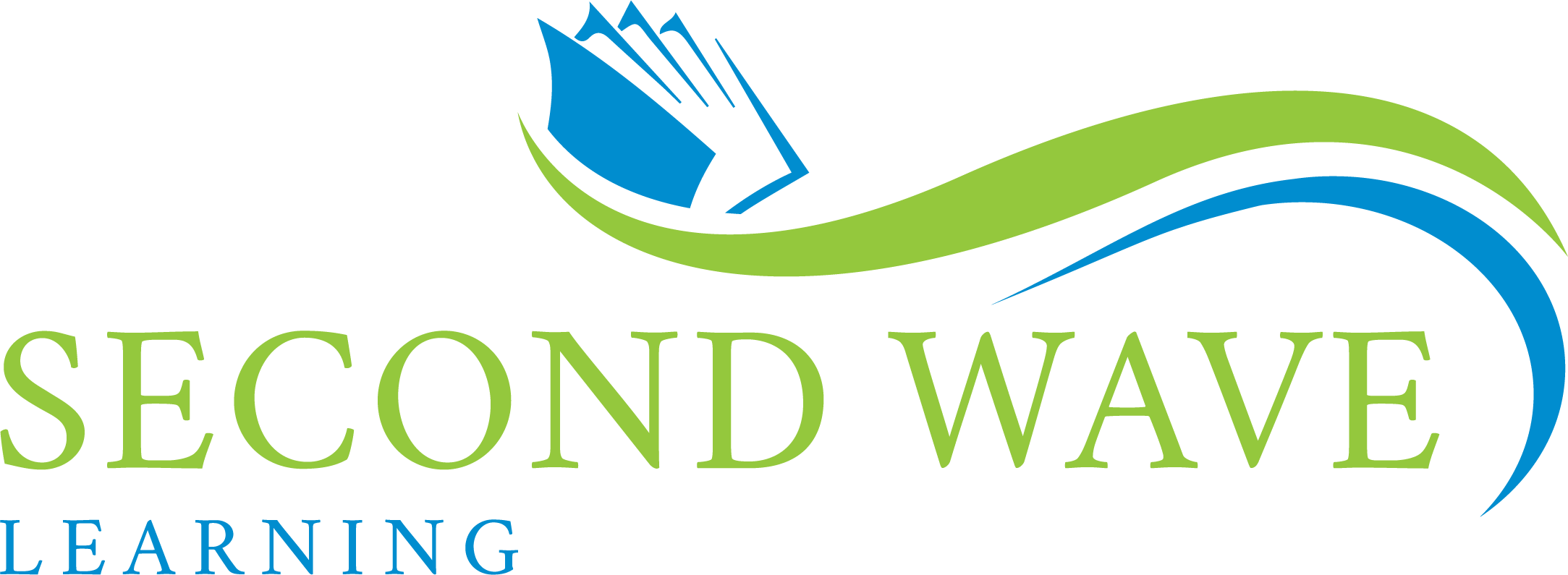“My goal as a parent is to prepare you for the future, not to make you like me.”
--Amy Chua
Meet the Anx-Z generation. Anx-Z’s (Gen Z + Anxious= Anx-Z) are a segment of Gen Z that were born in a seven-year period between 1998 – 2005. The oldest turned 14 in 2012– the first to be sucked into a torrent of addictive content on social media, which studies show profoundly rewires the brain. Literally, the part of the brain that is responsible for maintaining attention shrunk like a raisin. Anxiety, depression, visits to the ER, feelings of loneliness, and suicide all spiked with this generation. They would spend 6 hours on social media scrolling and trolling, being pressured to curate the perfect life, especially for girls.
Social media was half the problem. The other half was overparenting that restricted free play. According to Jonathan Haidt’s new book, The Anxious Generation, “Physical outdoor play with other children of mixed ages is healthiest, most natural, and most beneficial play. Play with some degree of physical risk is essential because it teaches children how to look after themselves and each other. Children can only learn how not to get hurt in situations where it is possible to get hurt. Unfortunately adults usually can’t stop themselves from directing and protecting.”
So Anx-Z’s experienced the perfect storm of too much protection on the playground IRL (In Real Life) and not enough in the vast sinister digital world. We really dropped the ball.
The good news is that the problem has been identified and articulated. Zuck and the rest of the algorithm kings are the new enemy of the people, and parents are warming up to raising their kids “free-range”, much like they were when they were growing up. The tide is turning. The pressure to oust Tik-Tok is as much about the pernicious effects on its young users as it is national security.
How Do You Manage Anx-Z’s at Work?
It’s too late to manage Anx-Z’s with tough love. “Free-play” works for a 9 year old, but it too late for a young adult. However, there are 5 key things to know about managing this generation:
Tech-savvy. They gravitate and thrive in digital environments. Make sure your company is tech-forward with the latest software and communication tools.
Authenticity and Transparency. As awkward as their basic soft skills might be, they crave open and “emotionally honest” dialogue. For AnxZ’s, their life is an open book and they expect everyone else to be as well.
Meaningful Work and Impact: The gravitate toward purpose-driven organizations and want to make a difference in the world, in their community, and with their friends.
Flexibility and W-L Balance: They prioritize their health and personal life. Flexible work arrangements with remote options are a must.
Embrace diversity and Inclusion: Demographically, Anx-Z’s are the most racially, ethnically, and culturally diverse generation that has ever worked in the workplace. Promoting cultural awareness and implementing diversity and inclusion initiatives will go a long way for improving overall engagement.
Every generation brings unique strengths to the workplace. For this generation, they have a keen understanding of social and emotional learning and can help create a culture of empathy and understanding that is lacking in so many workplaces today. This is the generation that is going to make the playgrounds of the future.
Go. Play. Outside.
Warren




